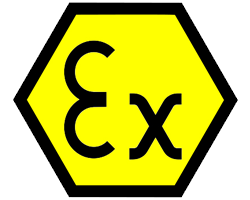
ATEX is a commonly used synonym for the ATEX guidelines of the European Union. The name is derived from the French term ATmosphère EXplosive. The directive encompasses explosion protection guidelines 2014/34/EU for devices and 1999/92/EG for operations. ATEX guidelines are devised by the Director General of the EU commission Enterprise and Industry in cooperation with the member states, standardization organizations (CEN, CENELEC) and so called known organizations such as BAM, PTB, or TUEV to name examples from Germany.
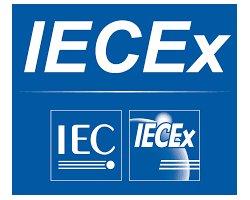
IECEx is an internationally used process to certify electrical equipment used in hazardous locations. The code defines a system to classify locations prone to explosive atmospheres caused by gases, dusts, or fibers for example. The main goal of the International Electrotechnical Commission IEC with the IECEx regulation is to reach global harmonization of codes governing use of electrical apparatus in hazardous locations. IEC promotes mutual acceptance of evaluations and reports among the testing labs and certifying bodies.

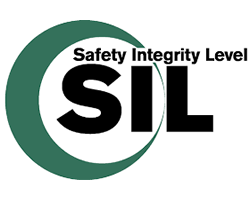
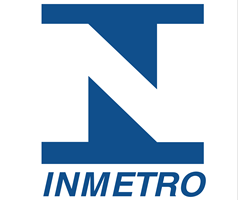
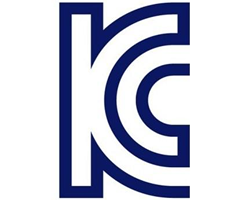
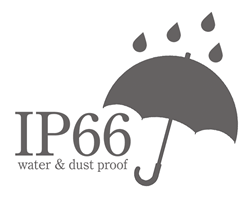
IP66 stands for Ingress Protection and denotes the protection of the device against environmental factors, dust and rain for example, as well as protection of living beings against dangers of touching high voltage circuits for example. The first digit categorizes ingress of solid objects, the second ingress of water:
IP6x = dust proof
IPx6 = water jet proof
(with specifies water pressure etc.)
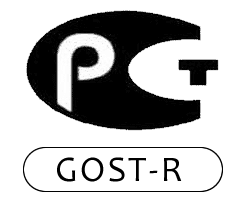
GOST denotes a certification obligatory for goods to be imported to the Russian Federation. Compliance has to be evaluated and approved based on Russian standards. GOST certification is required for examples as follow:
- Food and food packaging
- Electronic devices
- Industrial plants and machinery
- Products used in the oil & gas industry
- Electronic and technical systems


